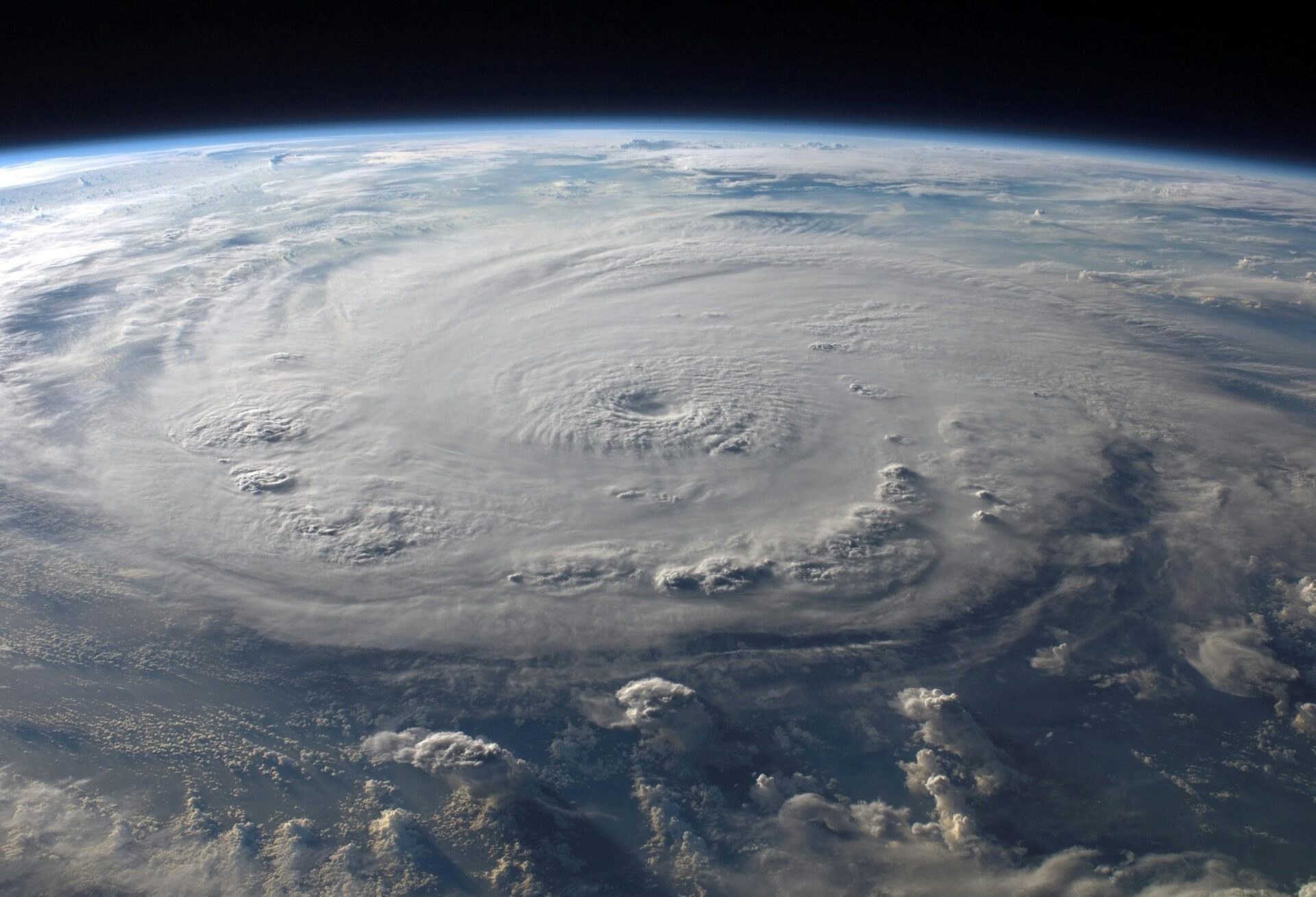Hurricane Helene, a powerful Atlantic storm, is making headlines as meteorologists closely monitor its path. Helene, which began as a tropical storm, rapidly intensified into a hurricane due to warm ocean waters and favorable atmospheric conditions. While hurricanes like Helene are a part of the Atlantic hurricane season, understanding their path and potential impact is crucial for preparedness and safety.
Current Path of Hurricane Helene
As of the latest updates, Hurricane Helene is tracking northwestward, avoiding major landfall at the moment. However, storms can change direction quickly, making it essential for those in the projected path to stay informed. Coastal areas along the Eastern Seaboard, as well as islands in the Atlantic, may need to prepare for high winds, heavy rains, and possible flooding depending on the storm’s trajectory.
The National Hurricane Center (NHC) provides up-to-date tracking maps and forecasts, which can give people in affected areas a clear idea of where Helene is headed. It’s important to note that hurricane paths can shift, and even if a storm doesn’t make direct landfall, the outer bands can still bring dangerous weather conditions like flash floods, storm surges, and damaging winds.
Preparing for the Hurricane
If you’re in a region that might be impacted by Hurricane Helene, now is the time to prepare. Stock up on essentials like water, non-perishable food, batteries, and medical supplies. It’s also a good idea to have an emergency evacuation plan in place, especially if local authorities recommend moving to safer areas.
Keep your home protected by securing windows and doors, and if you live in flood-prone areas, consider sandbags or other flood prevention methods. Stay tuned to local weather updates and heed any warnings from emergency services to ensure the safety of your family and property.
Impact of Hurricane Helene
While it’s still early to predict the full impact of Hurricane Helene, coastal areas should brace for possible disruptions. Airports, shipping routes, and local businesses could face delays or closures due to the severe weather. Even areas not directly hit by the hurricane could experience secondary effects like power outages, road closures, and infrastructure damage.
Scientists are also monitoring Helene for potential interaction with other weather systems, which could either weaken or strengthen the storm. The situation remains fluid, so continued monitoring of updates from the NHC and other reliable sources is essential.
Hurricane Helene is a reminder of the powerful forces of nature and the importance of preparedness. Staying informed and following official guidance can make all the difference when it comes to weathering these storms safely.
